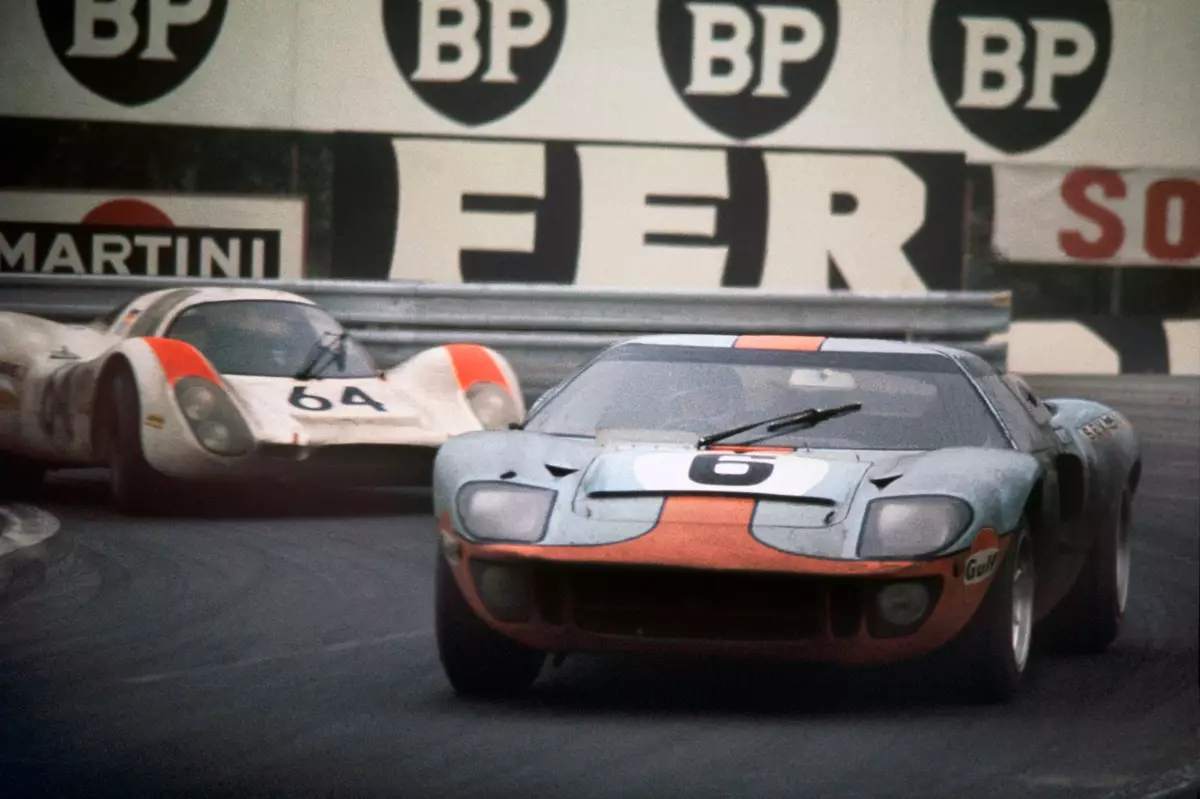Ford Motor Company’s commitment to endurance racing is solidified with its forthcoming return to the Le Mans 24 Hours in 2027. This marks an exciting re-entry for the automotive giant, which seeks not only to compete but to reclaim glory, reminiscent of its dominant streak from 1966 to 1969 with illustrious models like the Ford MkII, MkIV, and the iconic GT40. These cars not only marked a pivotal moment in motorsport but also etched Ford’s name in the annals of racing history. Bill Ford, the executive chairman and great-grandson of company founder Henry Ford, reaffirmed this intention during a motorsport event in Charlotte, North Carolina, highlighting the company’s storied connection with Le Mans.
The decision to field an LMDh (Le Mans Daytona h) prototype in the Hypercar class underlines Ford’s ambitious strategy, signifying a full-factory effort that had been absent since the C100 Group C car in 1982. This shift not only emphasizes Ford’s dedication to high-performance racing but also aims to elevate its stature in the World Endurance Championship (WEC). By re-entering at this caliber, Ford aims to renew its rivalry with other iconic brands, particularly Ferrari, and recapture the fervor and fanfare that surrounded its previous achievements.
During the announcement, Bill Ford expressed excitement about returning to a race that holds immense significance in the brand’s heritage. He reminisced about the fierce competition of the 1960s, when Ford famously clashed with Ferrari for supremacy. The emotional weight of these triumphs amplifies the anticipation surrounding Ford’s return to Le Mans, especially as it coincides with the 50th anniversary of its celebrated win with the Ford GT in the GTE Pro category in 2016. This sense of legacy instills confidence that the automotive manufacturer is not just participating; it is prepared to win.
Ford’s entry into the Hypercar class is part of a broader expansion in motorsport activity. In addition to its LMDh prototype, Ford is currently competing in the WEC’s LMGT3 class with Mustang GT3 entries, showcasing its diverse approach to motorsport engagement. This multifaceted strategy includes its return to Formula 1 in partnership with Red Bull Racing, establishing Ford’s presence across several premier racing series. By 2027, Ford plans to be actively involved in four distinct FIA world championships, indicating a renewed vigor and commitment to top-level motorsport.
One aspect of Ford’s strategy that stands out is its emphasis on winning, encapsulated in Bill Ford’s rallying cry, “when we race, we race to win.” This approach is critical for contemporary motorsport brands, as it reflects not only a competitive spirit but an expectation from fans and stakeholders alike. The meticulous management of the LMDh program by Ford Performance, the high-performance and motorsport division of the company, enhances the prospect of success. The details of the LMDh car remain under wraps, but expectations are high for this vehicle, which will represent Ford’s quest for glory in Le Mans.
Though Ford has traditionally been more active in North America with regard to prototype racing, like its earlier triumphs in the IMSA GT Championship using front-engined prototypes, its return to Europe and the world stage is highly anticipated. Historically, the brand achieved accolades as an engine supplier in the Grand-Am Daytona Prototype ranks and celebrated wins in the Daytona 24 Hours. This history of innovation and competitive success sets a promising tone for its upcoming endeavors on the global stage.
Ford’s return to Le Mans symbolizes not only a revival of its racing lineage but also an ambitious outlook towards enduring competitive excellence in endurance racing. As the automotive landscape evolves, the commitment shown by Ford illustrates its dedication to high-performance motorsport, promising an exciting and intense fight for the top positions once again. The countdown to 2027 is already underway, and the world will be watching as Ford gears up for this formidable challenge.


Napsat komentář